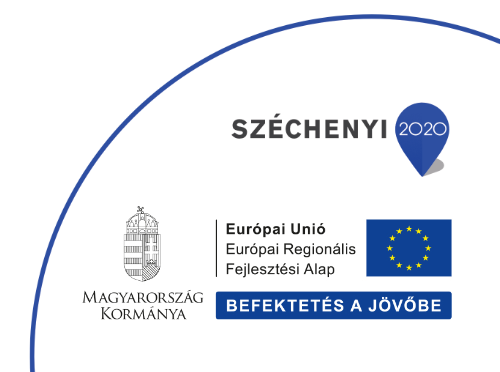Hungarian archeologists discovered a sensational mural depicting the last judgement, during the excavations of the Johannite fortress in Margat, Syria.
As the press conference on the expedition's results, held at the Pázmány Péter University in December 2008 revealed, the discoveries in Margat shed new light on our previous ideas about the crusaders in many different aspects.
Opening the event, Pázmány Péter University President György Fodor said, "three years worth of hard work starts to show its results". The President emphasized that the expedition absolutely fits the university's multi-disciplinary research program. The majority of researchers taking part in the process come from the Pázmány Péter University. These facts make this expedition extremely important for the institute. Head of the faculty's Arabic, Greek and Latin departments, academician Miklós Maróth expressed that the era of the crusades still hasn't been put under discussion in the Middle East, but the Hungarian expedition has a significant opportunity to change this.
Ambassador of the Syrian Arab Republic in Hungary, His Excellency Mohammed Amir Smady also emphasized the importance of the excavations, considering the relations between Syria and Hungary. HE the Ambassador added that there are a number of other ruins and fortresses to be discovered in his home country. Head of the Syrian-Hungarian Archeological Mission Balázs Major said that it is very rare that only one country gets to excavate in case of such a significant research site. Thus, it is a special honour for Hungary to be able to send its researchers to the world's largest crusader fortress. All the experts taking part at the excavation work for free. Major explained, that although the fortress is in an almost perfect condition, there have not been any archeological excavations here before.
 As the leader of the research pointed out, that not only is the huge, 5.2 acre fortress related to Hungary because of this expedition. In 1218 Andrew II visited the fortress protected by the Johannite Order and contributed an annual sum of 1000 silver marks for its upkeep. The Order did use this significant donation until 1285 when the fortress fell. The expedition discovered the ruined main all, and created a digital reproduction of the fortress' most representative part. The dice they found here bears witness to the fact that the Johannites did not always kept to the Order's strict rules.
As the leader of the research pointed out, that not only is the huge, 5.2 acre fortress related to Hungary because of this expedition. In 1218 Andrew II visited the fortress protected by the Johannite Order and contributed an annual sum of 1000 silver marks for its upkeep. The Order did use this significant donation until 1285 when the fortress fell. The expedition discovered the ruined main all, and created a digital reproduction of the fortress' most representative part. The dice they found here bears witness to the fact that the Johannites did not always kept to the Order's strict rules.
Major added: during the excavation of the castle's terrace, they "found something that none of the previously discovered cursader fortresses had": remains of small summer lodges. These remains prove that the residents of the fortress did not stay inside the damp walls during times of peace. According to the archeologist, they discovered a kitchen, previously thought to be a resting place, as well as the fact that the large living tower was crowned by a defensive corridor, thus being six metres higher than it currently is.
The Johannite Order made all utilities available for the area: basins, fountains and a wash-out latrine system. Latrines are important sites from an archeological standpoint, as they were used to dispose of garbage as well. Moreover, – the expert added – no one had tried to dive in for valuables accidentally dropped here. According to Balázs Major, "the most sensational discovery must be the mural found in the chapel." This is the largest crusader mural unearthed in the Holy Land, and it is unique from an iconographical aspect, as well.
The archeologist noted that it is unusal to depict hell right next to the sanctuary. The painter had a vivid fantasy when he illustrated the suffering of sinners: the upper part shows the hanged, but they also suffer other punishments according to their sins. Below them is the bishop, burning in a great fire, and no less than four devils (including one with three faces) are punishing him. In the bottom part, you see an impaled knight suffering. Major added that facing the mural showing the last judgement is probably a depiction of Heaven. At least this is what the bright, yellow background suggests.
The mural's restorers Anna Selmeczi and Éva Galambos said, the picture showing 27 figures had been discovered in October 2007, while the excavation had started in Spring. According to Galambos, "the site was in a very bad shape, it had even been used as a toilet." Professor of paleontology at Eötvös Loránd University Miklós Kázmér reported on the previously conducted research done by his department. He said, the remains of wood char and iron, as well as signs of earth-quakes reveal a vast amount of information about the history of the Margat fortress and the Middle East in general.
source: MTI


